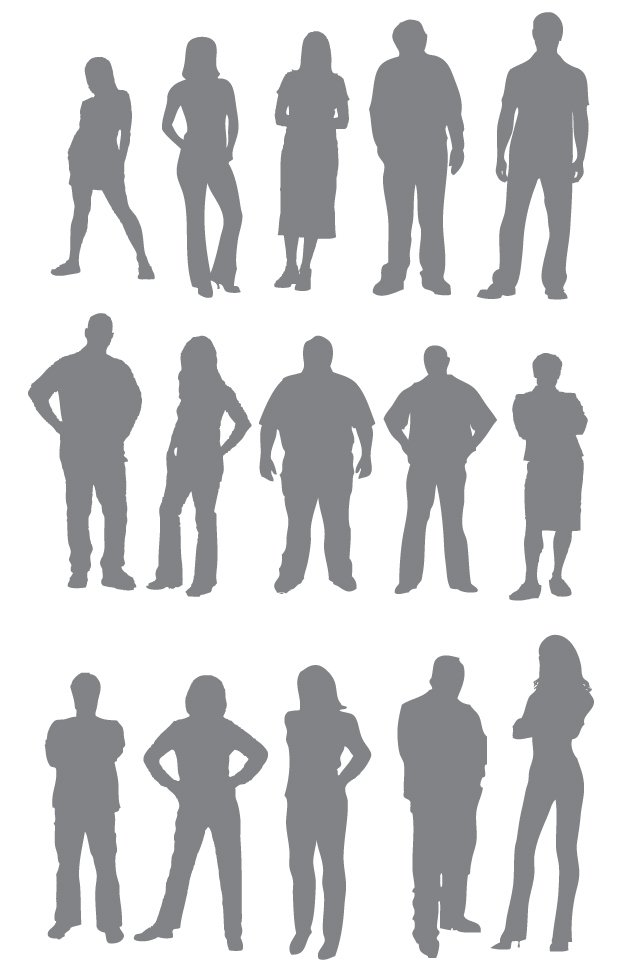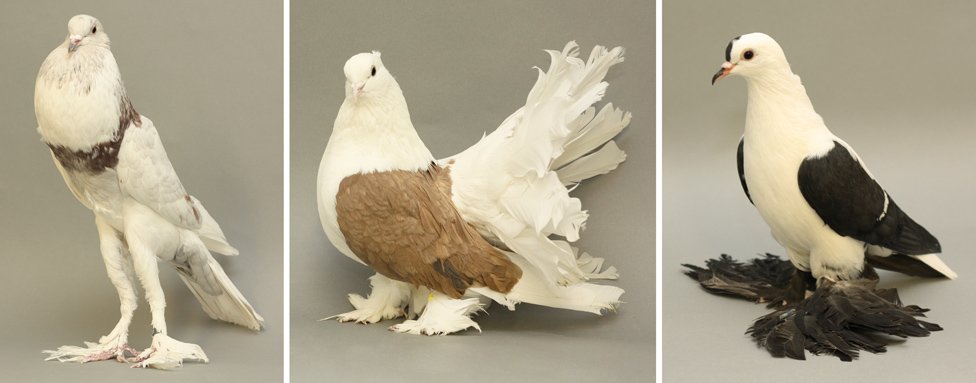When we learn about genetics, we commonly see lots of examples of inherited characteristics that are controlled by a single gene. Often with these examples, the genes come in just two versions (yellow or green peas; blue or brown eye color). However, single-gene either/or traits are actually quite rare.
Single-gene traits are useful for teaching the basics of inheritance. They emphasize that we inherit two copies of every gene, one from each parent, and the two copies together contribute to inherited characteristics. But such simple examples—which textbooks often over-simplify—can lead us to believe that all inherited characteristics work this way.
In Pigeonetics, we’ve tried to include some examples that show how multiple genes work together to form physical characteristics. Foot feathering, for instance, is an example that shows slipper and grouse (probably with small contributions from additional genes) working together to influence a single characteristic. But even this is a simple example.
Most of our traits are what we call “complex.” They involve the interactions of multiple genes, as well as the environment. Height, for example, clearly has a genetic component: tall parents tend to have tall children, and short parents tend to have short children. But the inheritance of height is unpredictable, and height is also influenced by what we eat. Children who are malnourished will not grow as tall as those who eat a healthy diet.
Most traits work this way. Even traits controlled mainly by genes—including eye color, skin color, hair color, and hair texture—tend to involve multiple genes. And most traits—like risk of diabetes, cancer, or heart disease—involve multiple environmental factors as well.
References

Complex traits often fall along a continuum. People, for example, come in a continuous assortment of heights, shapes, and sizes.


